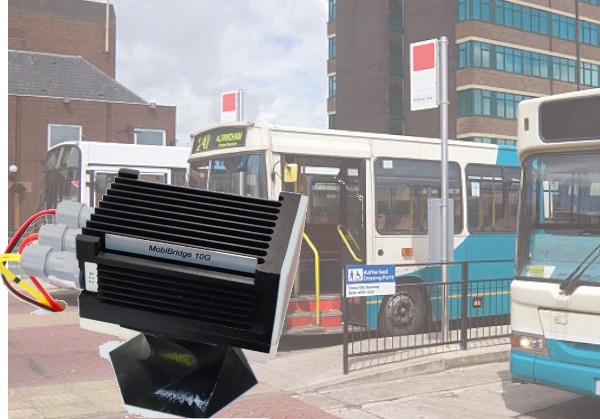
How fast is Wi-Fi 6E compared to wireless mm-wave Ethernet?
At the time of writing this article, Wi-Fi 6E IEEE 802.11ax is the most advanced Wi-Fi technology on the market, and we conducted our test to see if this V2N data rate is sufficient and how fast it is.
ELVA-1 lab has conducted Wi-Fi 6E testing to answer the following questions:
1. Does Wi-Fi 6E provide 6 gigabits per second speed as advertised by the manufacturers?
The answer is NO!
2. If there is more than one connection, do all Wi-Fi 6E client devices receive the full data rate that the access point router is capable of?
The answer is NO!
ELVA-1 cutting-edge 60 GHz MobiBridge-10G radios are designed for 10gbps data offload in the mass transit transportation industry. E-band radio link was also in the booth. It offers high capacity up to 10Gbps full duplex and a light licensing scheme in many countries, ensuring freedom from interference at low costs of spectrum usage.
Please feel free to contact ELVA-1 for the MobiBridge price and delivery info.
***
MobiBridge-10G is a product of ELVA-1 OU
